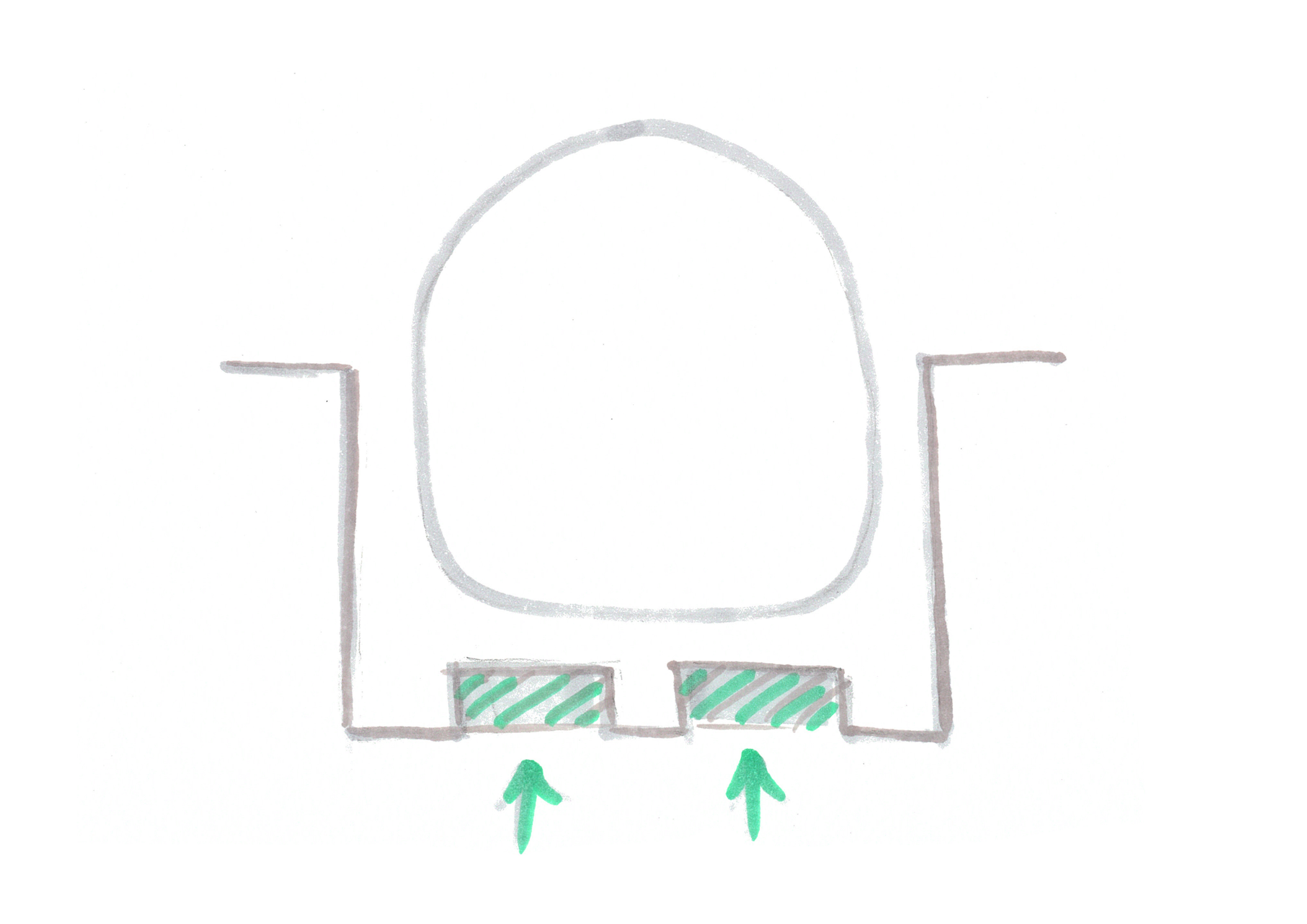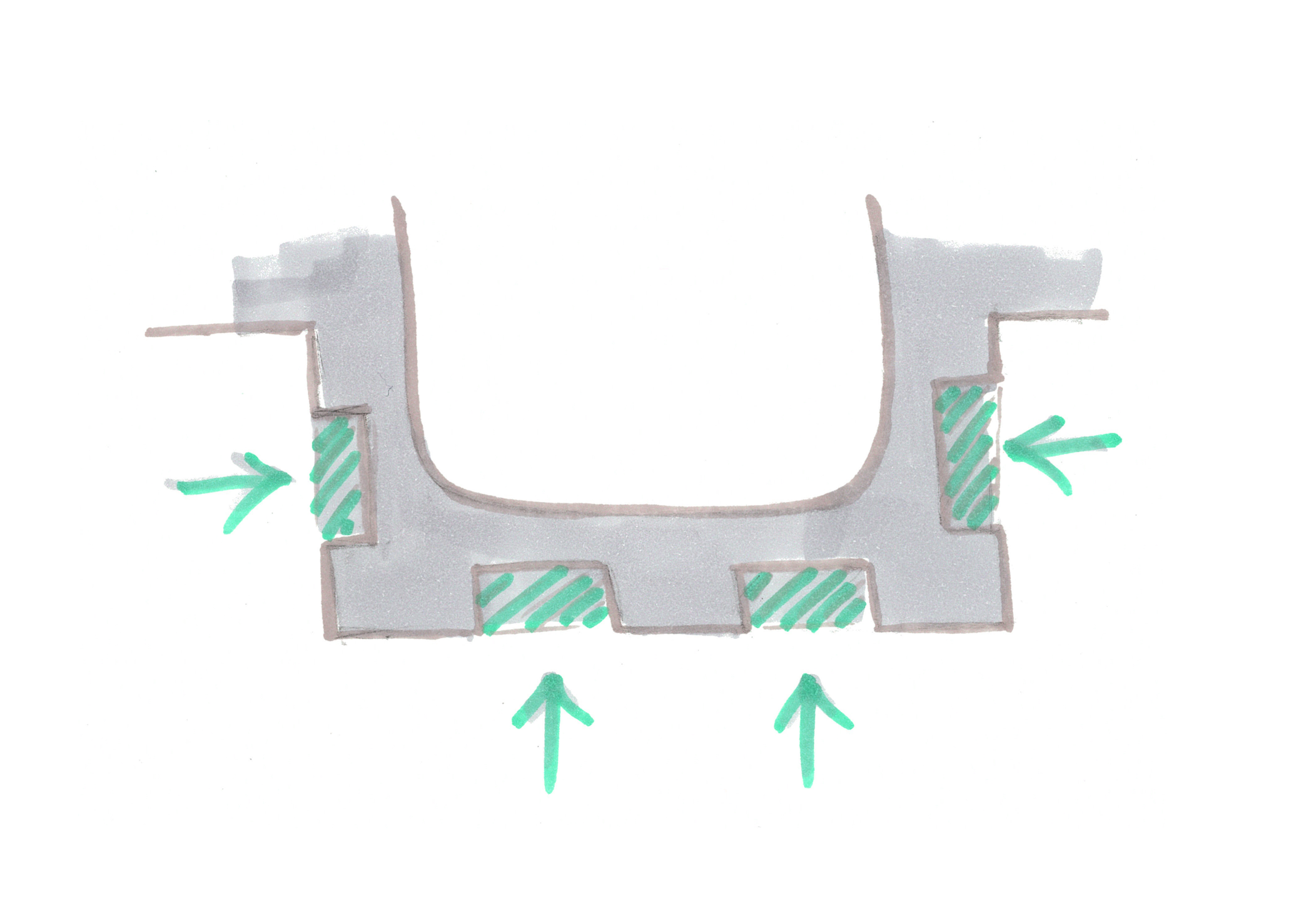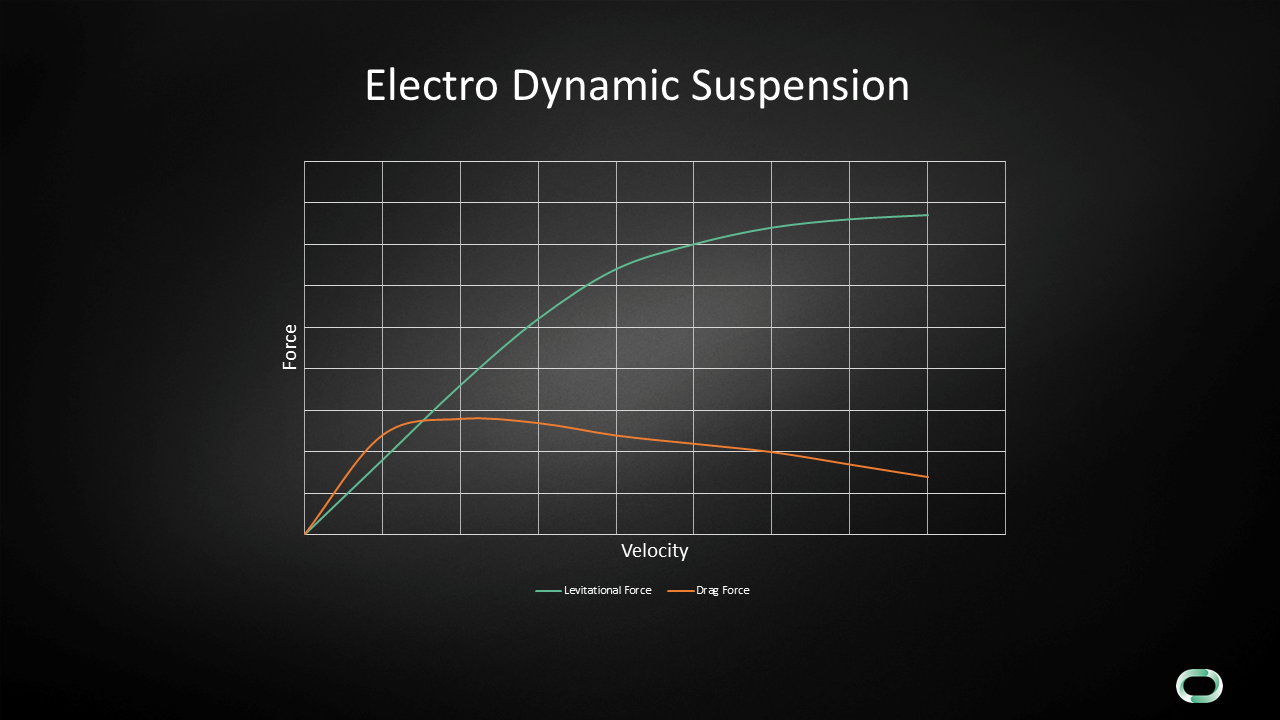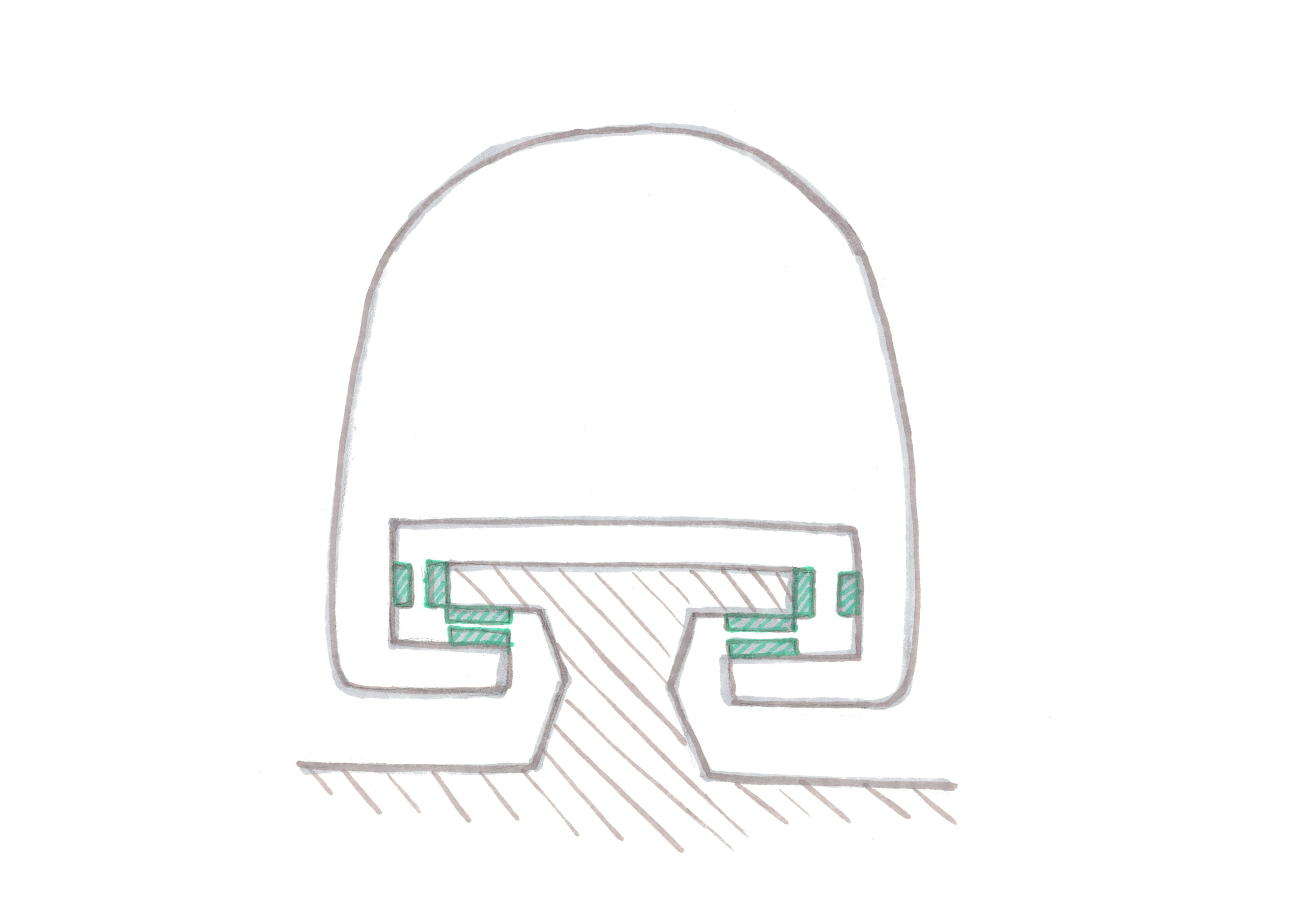1.3.3 Additional Material on Magnetic Levitation
Course subject(s)
Module 1. Basic principles of Hyperloop

In the previous video, Bas has extensively shown you all the different ways we can make a Hyperloop levitate. In this section, we’d like to further elaborate on these options and show some real-life examples.
Please note that this is additional material which is not required for answering the quiz or finishing the assignment! We will provide more in-depth information each week for those interested to learn more.
Electrodynamic Suspension


EDS promises a very reliable system as it is fully passive. The levitation force is fully dependent by the speed of the magnet compared to the conductor. This passive levitation also results in a system that is not energy dependent. However it does have a remarkable drag curve where at first the drag will increase over speed up to a peak and then slowly decrease again. This curve can be tuned by tweaking the configuration of the magnets. A so called Hallbach array for example allows for a more ‘focused’ magnetic field at one side, in our case at the side of the conductor.

The first Delft Hyperloop Pod, but also the MIT and WARR Pod, for the first SpaceX competition all utilized this concept due to its simplicity and reliability. Delft Hyperloop did extensive testing on the functioning of these magnets. A proof of concept is demonstrated in the following video;
Electro-Magnetic Suspension

EMS is a more advanced method to levitate using magnetism. Instead of permanent magnets, we make use of active coils that induce a magnetic field for our Pod to levitate on. This allows for a more flexible method since we can actively control the levitation gap but also the sway of the Pod possibly allowing use for switches in the track! Our friends over at Hardt are working on such a system and have provided us with the following video where they actively levitate and control a dummy Pod to share with you:

Hyperloop: changing the Future of Transportation by TU Delft OpenCourseWare is licensed under a Creative Commons Attribution-NonCommercial-ShareAlike 4.0 International License.
Based on a work at https://online-learning.tudelft.nl/courses/hyperloop-changing-the-future-of-transportation/.



